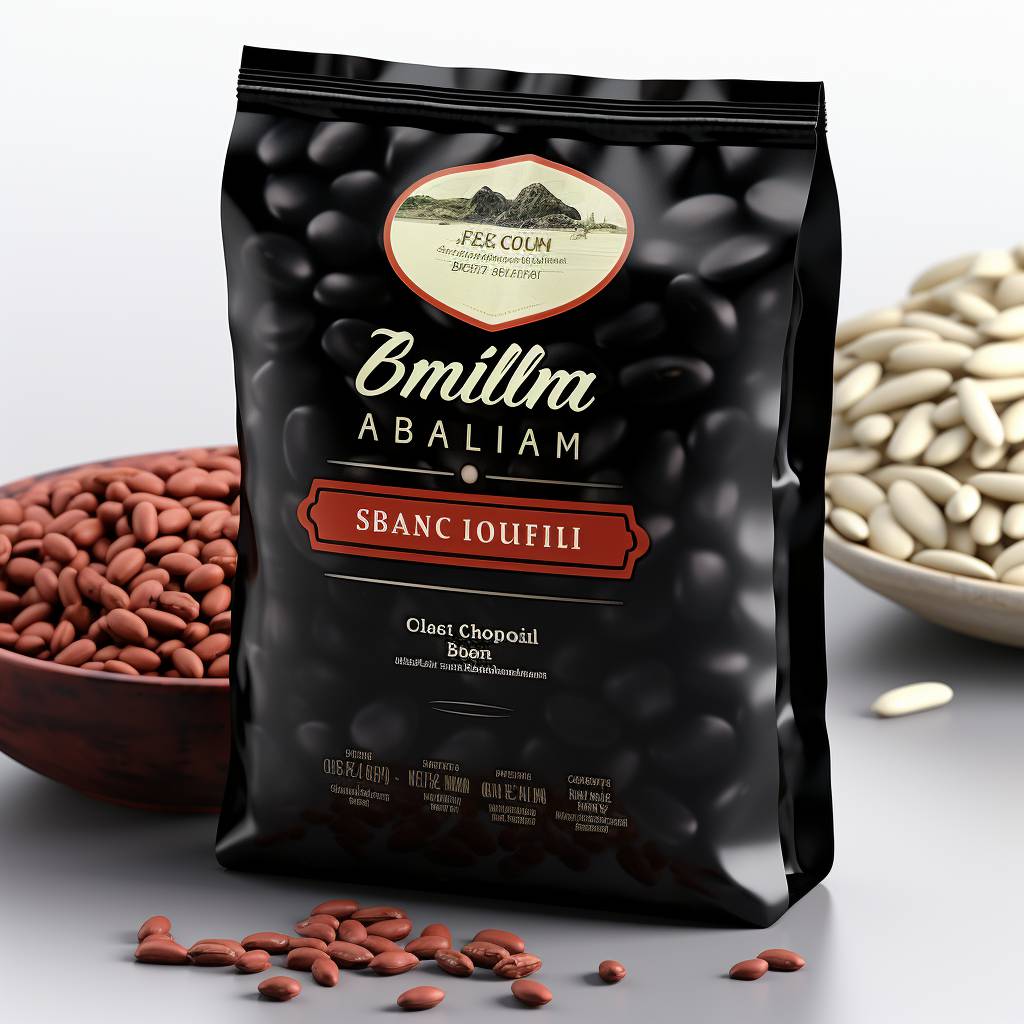
Introduction In today's fast-paced world, Flexible Packaging has increasingly become the go-to solution for a wide range of products. Roll Film, also known as wrapper paper, has emerged as an industry favorite due to its versatility and convenience. This article explores the different aspects of roll film, its benefits, and the key role it plays in the world of packaging. Additionally, we will discuss XLD, a cutting-edge technology that enhances the strength and durability of roll film.

Flexibility in Packaging flexible packaging offers numerous advantages over traditional rigid packaging. The ability to conform to various shapes and sizes makes it ideal for a diverse range of products. Roll film, as a type of flexible packaging, is particularly versatile due to its ability to be easily rolled and unrolled for packaging convenience. The flexibility of roll film allows product packaging to be customized, making it an attractive choice for both producers and consumers.
Roll Film: A Packaging Champion Roll film is a type of flexible packaging that is often made from materials such as plastic, aluminum, or paper. Its primary purpose is to securely wrap and protect products throughout various stages of the supply chain. With its exceptional barrier properties, roll film safeguards products from moisture, oxygen, and light, thus extending their shelf life and maintaining their quality. Whether it's food, pharmaceuticals, or household items, roll film provides a reliable packaging solution.
Wrapper Paper: A Sustainable Option One variant of roll film is wrapper paper, which offers an eco-friendly alternative to plastic-based films. Made from sustainable materials such as paper or biodegradable polymers, wrapper paper provides a safe and recyclable packaging option. This eco-conscious approach has gained popularity as manufacturers and consumers are increasingly concerned with reducing their environmental impact.
The Role of XLD in Enhancing Roll Film XLD, or Cross-Linked Diethylene, is an innovative technology that brings exceptional strength and durability to roll film. By subjecting the film to electron beam radiation, the polymer chains are cross-linked, significantly improving the mechanical properties of the film. XLD-enhanced roll film can withstand higher temperatures, has improved puncture resistance, and exhibits superior barrier performance. This technology enhances the reliability and functionality of roll film, making it an excellent choice for demanding packaging requirements.
Conclusion Roll film, with its flexibility, convenience, and reliability, has revolutionized the packaging industry. Whether it's through its ability to adapt to different product shapes, provide exceptional protection, or reduce environmental impact, roll film continues to be a preferred choice for packaging solutions. With the integration of technologies like XLD, roll film offers an even more robust and versatile packaging option. As the demand for flexible packaging continues to rise, roll film is likely to remain at the forefront, meeting the needs of both producers and consumers alike.